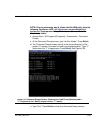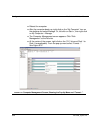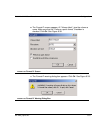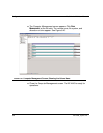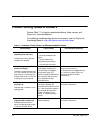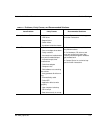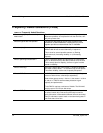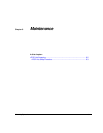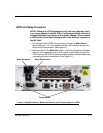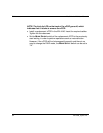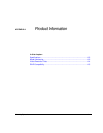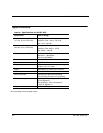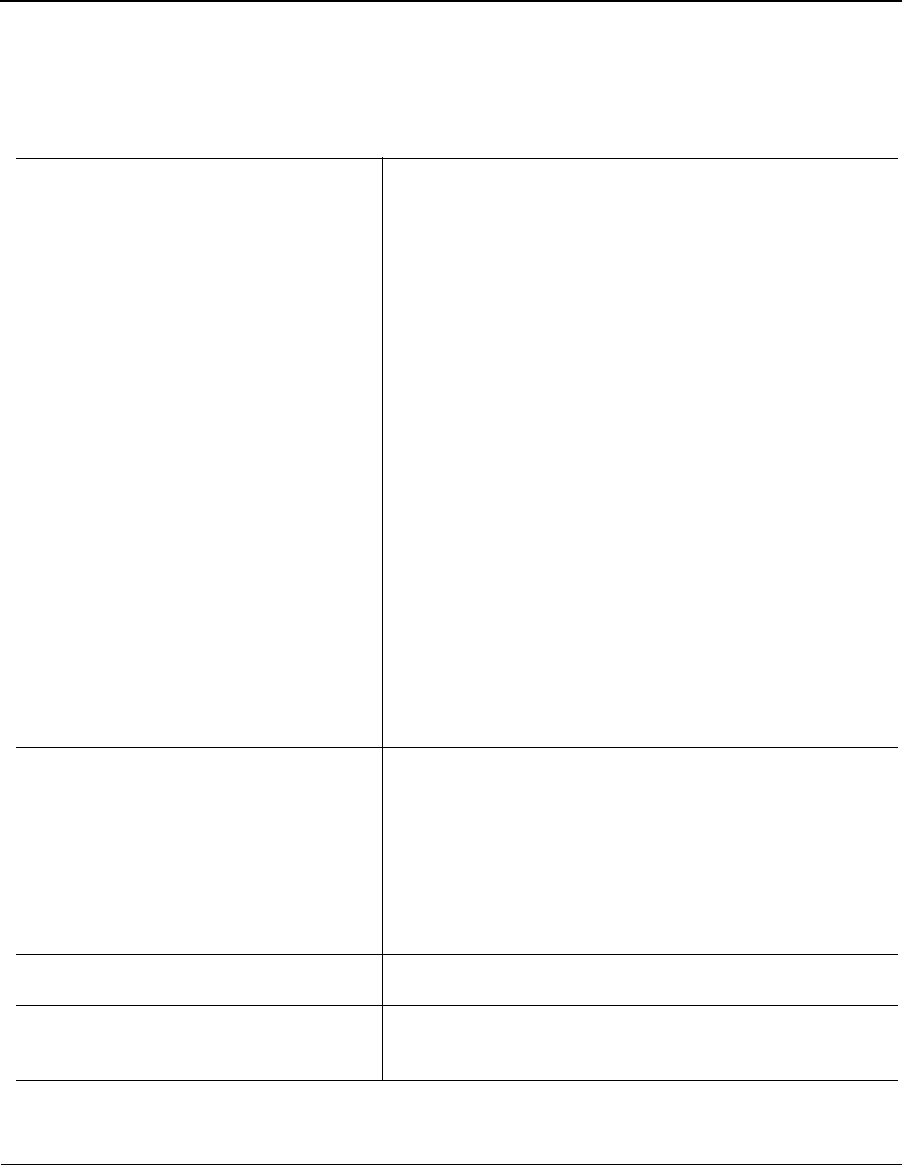
MV 4440_Ciprico Inc. 7-5
MediaVault 4440 User Manual Problem Solving
What is RAID 6? As in RAID 5, RAID 6 staggers its parity information across
multiple drives. Its major difference, however, is that it writes
two parity blocks for every stripe of data, which means that the
array is capable of remaining accessible to the users even
after having sustained two simultaneous drive failures. The
advantage of a RAID 6 array versus a RAID 5 array with a hot
spare risk is that no rebuilding is necessary to bring the last
disk into the array in the event of a failure. In this sense,
performance is more or less guaranteed after a single disk
failure under RAID 6, whereas a significant performance hit
occurs during the rebuilding required under RAID 5.
RAID 6's parity scheme is not simply multiple copies of the
same parity information, but rather two different means of cal-
culating parity information for the same data. This results in a
much higher computing overhead than the already-intensive
RAID 5 scheme, and a resulting increase in controller/CPU
usage. This requirement for the second parity calculation and
write, however, further adversely impacts the write perfor-
mance of a RAID 6 array versus a RAID 5 solution.
RAID 6 is an excellent choice for both extremely mission-
critical applications and in instances where large numbers of
disks are intended to be used in the array to improve read
performance.
What is the self-healing feature I've heard
about?
This is a new name given to a slightly new technique for
relocating bad sectors on the disks. Rather than relocate the
actual sector, a pointer for the sector number is used.
When a bad sector is found, the pointer updates to skip that
area - this is done while the drive is reading/writing. If you
were to watch the performance of this bad sector, as the
performance appears to increase, it could be said the sector
was "cured."
Do I need to do any software-based
preventative maintenance on the array
No. Programs, such as Disk First Aid, Scan Disk, etc. are not
recommended
How do I defragment the array? Defragmenting software is not recommended. The best way to
defragment the array is to back it up, reformat/restripe it, then
restore the backup.
TABLE 7-2. Frequently Asked Questions.



